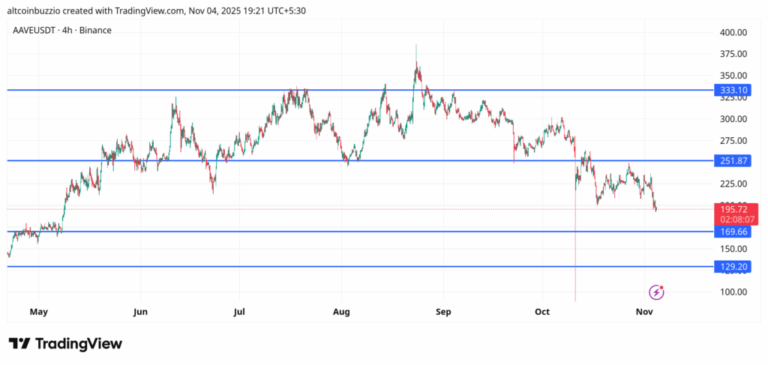
The damage stretches far beyond Stream itself, as several stablecoins and lending vaults show signs of indirect exposure.
While the situation remains fluid, the numbers already point to a deep web of interconnected debt and counterparty risk.
DeFi Stablecoins Caught in the Crossfire
According to YAM, one of the most exposed projects appears to be Elixir’s deUSD, a stablecoin that lent $68 million in USDC to Stream Finance—representing around 65% of its total reserves. The main Stream wallet borrowed these funds against xUSD collateral, meaning Elixir’s stability is directly linked to Stream’s solvency. Elixir stated that it holds full redemption rights at $1 for its lending position, but Stream’s team said payouts are on hold until lawyers determine creditor priorities. This uncertainty leaves lenders and users waiting for clarity in an already fragile environment.
Another affected token is Treeve’s scUSD, which has complex exposure through multiple layers of collateralized lending. Its backing involves veUSD and staked scUSD, much of which is rehypothecated—meaning reused as collateral—to Mithras Finance. Currently, about 92% of Mithras scUSD (roughly $13 million) is borrowed against xUSD collateral on lending protocols such as Silo and Euler. These interconnected layers highlight how one protocol’s stress can cascade across the broader DeFi ecosystem.
This is a massive loss. It’s unclear how this will be settled in between xUSD/xBTC/xETH holders and lenders against these tokens, so let’s go over all stablecoins/vaults that have (in)direct exposure to Stream.
Best we can tell, these stablecoins have indirect exposure:
Elixir’s… https://t.co/QEPsWf1fM2— YAM 🌱 (@yieldsandmore) November 4, 2025
While these examples are among the most visible, other vaults may also be affected. The total debt across various lending platforms tied to Stream assets is estimated at $285 million, excluding indirect exposure through other stablecoins. Among the largest curators involved are TelosC ($123.6), Elixir ($68M), and MEV Capital ($25.4M).
Lending Protocols Face Mounting Pressure
Several key DeFi lending platforms—Euler, Silo, Morpho, and Gearbox—show exposure to xUSD, xBTC, or xETH. On Euler alone, TelosC-backed markets hold nearly $30 million in borrowed assets across Ethereum and Plasma networks. Silo’s Avalanche markets add another $12 million in debt linked to xUSD and xBTC, while Morpho’s Elixir Market has $68 million in borrowed USDC. Each of these platforms relies on collateralized lending, where borrowed funds depend on the value of pledged tokens like xUSD. When those tokens lose value or liquidity, the entire structure comes under stress.
Yesterday, an external fund manager overseeing Stream funds disclosed the loss of approximately $93 million in Stream fund assets.
In response, Stream is in the process of engaging Keith Miller and Joseph Cutler of the law firm Perkins Coie LLP, to lead a comprehensive…
— Stream Finance (@StreamDefi) November 4, 2025
The Stream Finance crisis underscores a recurring theme in DeFi: transparency and risk management often lag behind innovation. Complex rehypothecation loops and leverage make it difficult for investors to assess true exposure until it’s too late. According to DefiLlama, the total value locked (TVL) in DeFi has dropped more than 5% in 48 hours following the event.
Disclaimer
The information provided by Altcoin Buzz is not financial advice. It is intended solely for educational, entertainment, and informational purposes. Any opinions or strategies shared are those of the writer/reviewers, and their risk tolerance may differ from yours. We are not liable for any losses you may incur from investments related to the information given. Bitcoin and other cryptocurrencies are high-risk assets; therefore, conduct thorough due diligence. Copyright Altcoin Buzz Pte Ltd.
The post Which DeFi Platform Wins with xUSD/xBTC/xETH Liquidity? appeared first on Altcoin Buzz.



